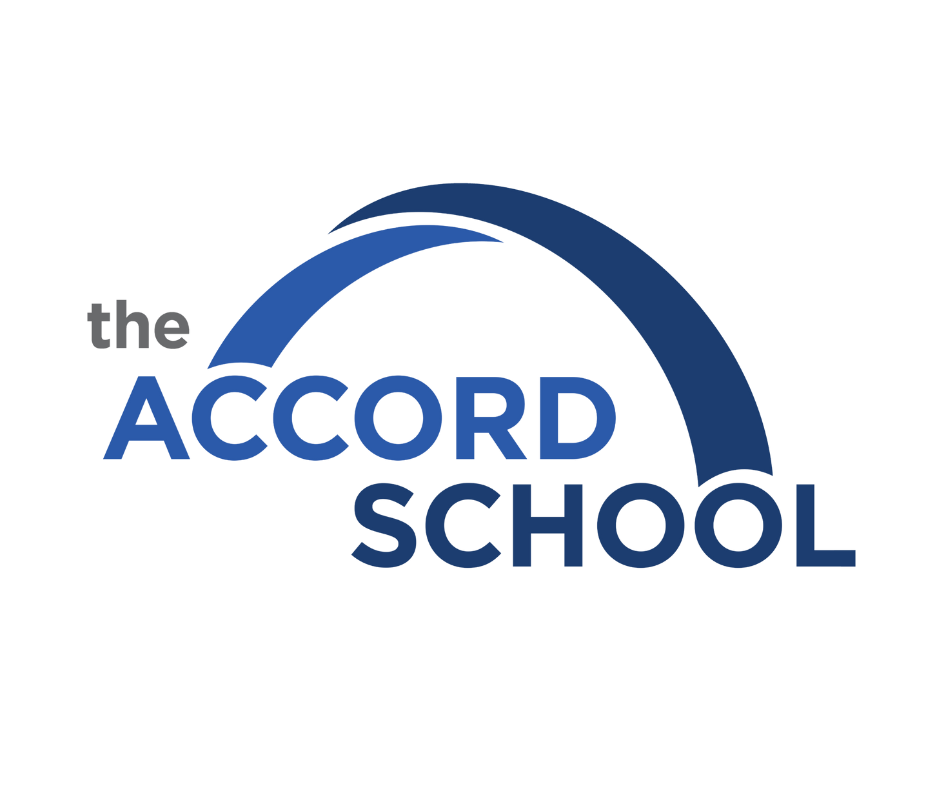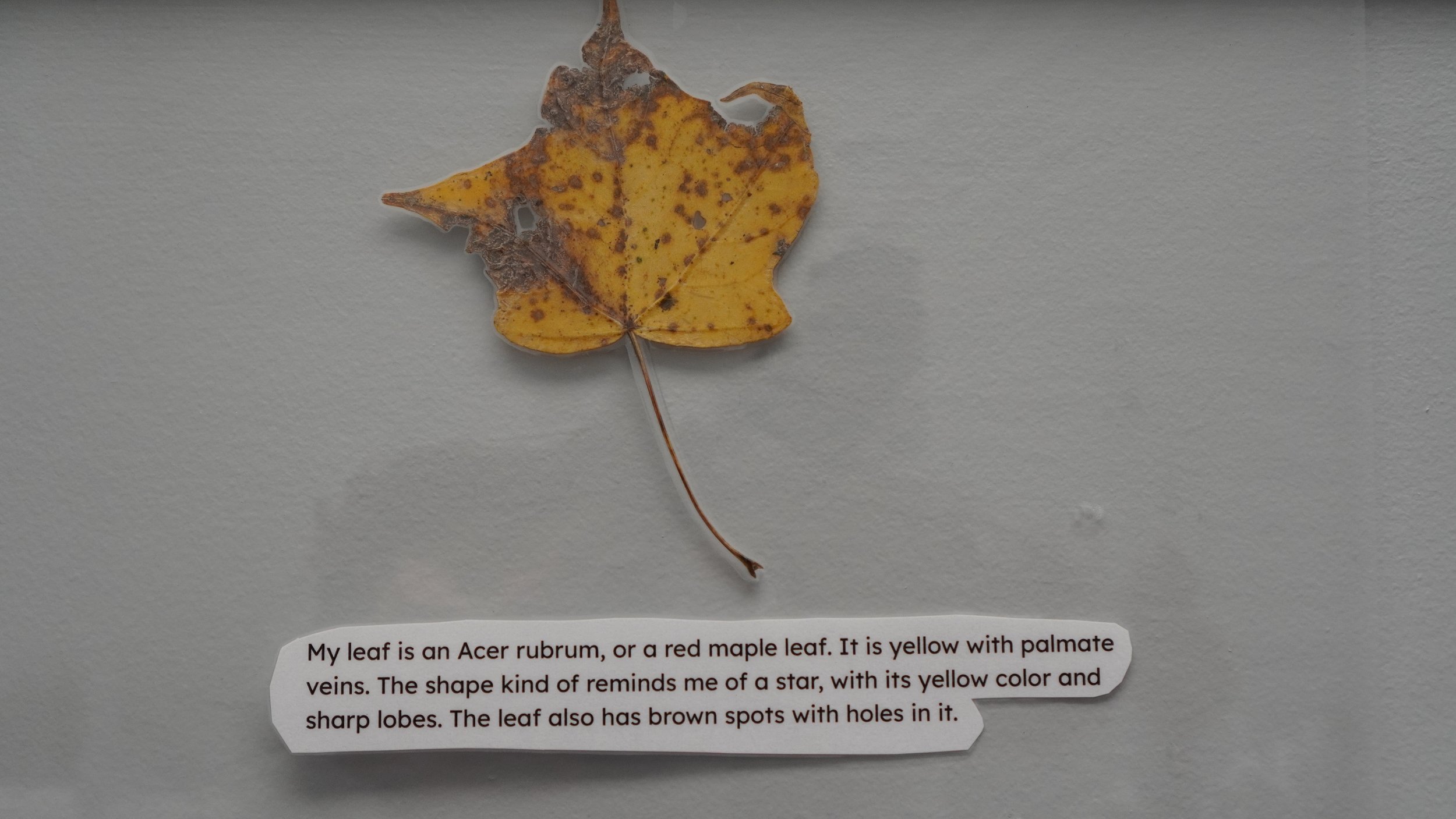In the Classroom: Science Update
For the 2023-2024 school year, we are studying Life Science. We have done quite a bit so far! Every year, we begin with a refresher of scientific inquiry and the scientific method. We discussed how you don’t have to “be a science person” to use the scientific method or to be able to think critically. We have done it since the day we were born and do it every day without even realizing it! As we observe the world around us, we take in information and try to make sense of it. So, we took science outside and made observations, inferences, and predictions about the world around us.
After learning the steps of the scientific method, the students had their first lab. The lab is known as “the skittles diffusion experiment”. Because of the simplicity of the lab, it is a great way to ease into learning how to follow lab procedures and write a lab report. The students were all given approximately 25 skittles, a small bowl, and ¼ cup of water. They came up with hypotheses and recorded them on their lab sheets. To begin, they were instructed to line up the skittles inside the bowl along the inside edge. They could put the skittles in any type of color pattern, as long as they were in a circle and touching each other. Next, they slowly poured some water into the center of the bowl until it spread out and touched the bottom of all of the skittles. Then, they observed as the magic happened! Bright streaks of color ran from the skittles toward the center of the bowl. Everyone’s bowl was a little different. The students learned that as the water dissolved the colored sugar, the particles diffused from an area of high concentration to an area of low concentration - And it had a really cool tie dye effect!
Our first full unit was on living organisms - What are they? What do they need? How do we know something is living? The students practiced with the needs and characteristics of living things by writing about and drawing their own made up living organisms. Some were scary and some were cuddly! They had to be sure to describe how their needs were met and how we knew they were alive. One of the characteristics of living things is that they can reproduce. We briefly compared and contrasted asexual and sexual reproduction. We will dive into this more later in the year when we get to the plant and animal kingdom, as well as the human reproductive system. The students learned that some plants can reproduce by cloning themselves! The offspring produced via asexual reproduction are identical to the parent. They have the same genetic makeup. A perfect example of asexual reproduction is vegetative propagation. For an activity, the students propagated their own little plantlets. They chose between a spider plant, pothos, christmas cactus, and an echeveria (succulent). They took cuttings from the plant and then picked a growing medium; either water or soil. Each student chose a little different variation. The cuttings were then placed near the window to receive sunlight, another one of their needs. They will water and monitor their plantlets throughout the next few weeks to hopefully grow some roots!
We then took some time to talk about soil and its importance to life. Although the “dirt” portion of soil itself is not living, it is home to millions of living microorganisms and decomposers. Soil plays a vital role in the health and survival of all organisms on our planet. Talking about soil inspired a delicious activity of making edible soil horizons. We used large pieces of oreos to form the bottom layer of bedrock, broken pieces for the next layer of parent material, chocolate pudding for subsoil, crushed oreos for topsoil, and gummy worms on top for the organic layer. Yum! In the upcoming weeks, the students will be studying cells, bacteria, and fungi.










